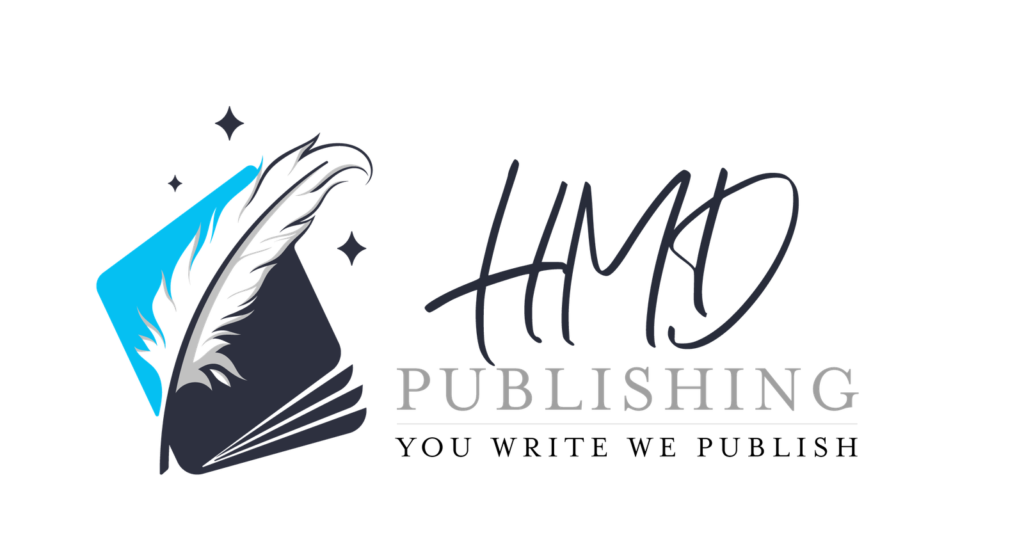AI self-publishing trends are reshaping how authors create, produce, and market their books in 2024, with technologies transforming every stage of the publishing journey from manuscript development to global distribution. The convergence of artificial intelligence and independent publishing has opened unprecedented opportunities for authors to streamline their workflows, reduce costs, and reach targeted audiences with greater precision than ever before.
The Revolution of AI Writing Assistants in Manuscript Development
AI writing tools have become essential companions for self-published authors in 2024. According to the Authors Guild 2023 Survey, authors using AI assistants like ChatGPT, Sudowrite, and Jasper report completing manuscripts 30-50% faster than traditional methods.
These tools excel at different aspects of the writing process. ChatGPT offers versatile brainstorming capabilities, while Sudowrite specializes in creative fiction development with features like “Describe” and “Expand” that help overcome writer’s block.
The most significant advantage comes in the outlining and drafting phases. AI assistants can generate chapter structures, character backgrounds, and setting descriptions that authors can refine with their unique voice.
For non-fiction authors, these tools excel at organizing research and creating coherent explanations of complex topics. I’ve found that using AI for first drafts allows me to focus more energy on the creative elements that truly require human insight.

Transforming Book Editing with Artificial Intelligence
The editing landscape has evolved beyond basic spelling and grammar checks. AI editing tools now offer sophisticated analysis of narrative elements that previously required expensive developmental editors.
ProWritingAid and AutoCrit use algorithms to identify pacing issues, repetitive phrases, and inconsistent character traits. Fictionary takes this further by analyzing scene structure, character goals, and plot progression across your entire manuscript.
These tools are particularly valuable for identifying patterns that human editors might miss. For example, AutoCrit can track your overuse of specific words across a 90,000-word manuscript with perfect accuracy.
However, the most effective approach in 2024 combines AI and human editing. Many authors use AI tools for initial revisions before sending cleaner manuscripts to human editors, reducing costs while maintaining quality.
AI-Generated Audiobooks: Democratizing the Fastest Growing Format
The audiobook market continues its explosive growth, with Grand View Research projecting a 26.4% CAGR from 2023-2030. AI voice technology has made this lucrative format accessible to indie authors who couldn’t previously afford production costs.
The quality gap between AI and human narration has narrowed significantly. DeepZen offers emotionally nuanced AI voices that can interpret dialogue with appropriate tone shifts, while Speechki provides a wide range of accented voices for international characters.
Cost comparison makes the case compelling: professional human narration typically costs $250-400 per finished hour, while AI alternatives range from $60-120. For a 10-hour audiobook, that’s a difference of thousands of dollars.
Reader reception has evolved too. The Digital Book World Conference proceedings from 2023 revealed that in blind tests, listeners could only correctly identify AI narration 62% of the time, showing how the quality gap has narrowed.

The Art of AI Cover Design: Standing Out in a Crowded Marketplace
AI image generation has revolutionized book cover creation for self-published authors. Tools like Midjourney, DALL-E, and Stable Diffusion can now produce genre-appropriate covers that compete with professional designs.
The success stories are becoming more common. Fantasy author Megan Davis reported a 40% increase in click-through rates after switching to her AI-generated cover created with Midjourney, according to the ALLi Self-Publishing 3.0 Report.
Effective prompting has become a crucial skill for authors. Specific prompts that include art styles, lighting conditions, and genre conventions yield much better results than vague requests.
The most successful author-designers use AI generation as a starting point, then refine the images with typography and post-processing in tools like Canva or Photoshop. This hybrid approach delivers professional results at a fraction of traditional design costs.
Personalized Marketing Through AI Analytics
AI-powered marketing has transformed how indie authors find and connect with readers. Predictive algorithms analyze vast datasets to identify potential readers based on their previous purchasing patterns and browsing behavior.
Tools like BookBub’s CPM ads platform now incorporate machine learning to optimize ad targeting and spending. Authors can upload their book and get AI-generated reader personas that match their genre and content themes.
According to Written Word Media’s 2023 Author Survey, authors using AI analytics for launch campaigns reported an average 28% increase in first-month sales compared to previous books launched without AI assistance.
Dynamic pricing strategies powered by AI have also proven effective. These systems analyze market conditions, competitor pricing, and temporal factors to adjust book prices automatically, maximizing revenue without requiring constant author intervention.

AI Translation Services: Expanding Global Reach
Breaking into international markets has traditionally been prohibitively expensive for self-published authors. AI translation services have changed this equation dramatically in 2024.
DeepL and Google’s Neural Machine Translation have made significant strides in preserving the nuance and flow of creative writing. While not perfect, they provide a strong foundation that requires less extensive human editing than previous technologies.
The economics are compelling: professional human translation typically costs $0.10-0.15 per word, meaning a 70,000-word novel would cost $7,000-10,500 to translate into just one language. AI translation with human editing can reduce this to $1,500-3,000 per language.
Romance author Jennifer Blake reported increasing her income by 35% after using AI to translate her backlist into Spanish and German, according to Publishers Weekly’s Technology Impact Reports. The key to her success was hiring bilingual editors to refine the AI translations.
Navigating the Ethical Challenges of AI in Self-Publishing
Copyright concerns remain a significant issue as AI becomes more integrated into the creative process. The legal landscape is still evolving around AI-assisted and AI-generated content.
The safest approach is using AI as a tool rather than a replacement for human creativity. When AI helps brainstorm ideas or improve prose, the resulting work still reflects the author’s direction and creative input.
Transparency has become an important consideration. Some platforms now require disclosure of AI involvement in content creation, and reader surveys show mixed feelings about AI-generated books.
According to Bowker Self-Publishing Industry Reports, readers are generally accepting of AI assistance in research and editing but show more resistance to fully AI-generated narratives. This suggests a “sweet spot” where AI enhances rather than replaces human creativity.
The Human-AI Partnership: Finding the Right Balance
The most successful self-published authors in 2024 view AI as a partnership rather than a replacement. Maintaining an authentic voice requires using AI selectively, focusing on areas where it adds genuine value.
Human creativity still dominates in creating emotional depth, cultural nuance, and innovative storytelling. The BookTech Conference presentations from 2023 highlighted how readers can detect and respond negatively to the emotional flatness that sometimes characterizes fully AI-generated content.
I’ve developed a simple framework for deciding which aspects of publishing to automate: use AI for tasks that are repetitive, research-intensive, or technically complex, but keep human involvement in areas that define your unique voice and connection with readers.
This balanced approach recognizes that while AI can handle many tasks efficiently, the heart of storytelling remains a deeply human endeavor. The technology should serve the creative vision, not define it.
Future Forecast: Where AI and Self-Publishing Are Headed
Looking ahead to 2025 and beyond, we can expect deeper integration of AI tools directly into publishing platforms. Major self-publishing services are already developing all-in-one AI assistants that will guide authors through the entire publishing process.
Semantic search technology will revolutionize book discoverability, helping readers find exactly the content they want based on themes and emotional resonance rather than just keywords. This will be particularly valuable for indie authors competing with established names.
AI agents capable of handling routine publishing tasks autonomously are on the horizon. These agents could manage marketing schedules, price adjustments, and content repurposing with minimal oversight.
Perhaps most interestingly, traditional publishing houses are responding to the AI advantage enjoyed by indie authors. Several major publishers have launched accelerated publishing programs that use AI to reduce the traditional 18-24 month publishing timeline to just 3-6 months.
Key Takeaways
AI has transformed self-publishing from a DIY alternative into a sophisticated publishing approach with advantages traditional publishing can’t match. The technology enables faster production, targeted marketing, and global distribution at a fraction of previous costs.
The most successful authors approach AI as a powerful tool rather than a replacement for human creativity. They leverage automation for technical and repetitive tasks while preserving their unique voice and creative vision.
As the technology continues to evolve, the gap between self-publishing and traditional publishing capabilities will likely continue to narrow. For authors willing to embrace these tools thoughtfully, 2024 represents an unprecedented opportunity to reach readers globally with higher quality and lower investment than ever before.




